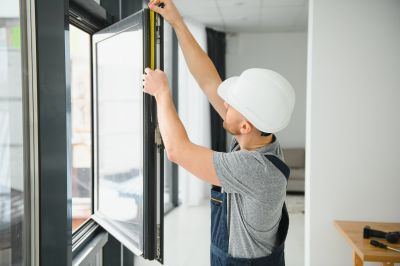Optimal Timing for Windows Installations
Determining the best time for Windows installations involves considering factors such as system readiness, software updates, and user availability. Planning installations during periods of low activity can minimize disruptions and ensure a smoother process.
Spring and fall often provide optimal weather conditions for installations, especially when outdoor work or equipment setup is involved.
Scheduling installations after major Windows updates ensures compatibility and reduces the risk of conflicts during the process.
Choosing times when users are less likely to need immediate access minimizes workflow interruptions.
Aligning installations with scheduled maintenance periods can streamline the process and facilitate troubleshooting if needed.

Technicians performing a Windows setup on a desktop computer.

Tools and hardware ready for Windows installation.

Technicians working during a scheduled maintenance window.

A technician assisting a user with Windows configuration.
| Aspect | Optimal Timing |
|---|---|
| Weather Conditions | Spring and fall |
| Major Windows Updates | After release of updates |
| User Availability | Weekends or evenings |
| Business Cycles | During low activity periods |
| Hardware Readiness | Before hardware upgrades |
| Technical Support Availability | During scheduled support hours |
| System Stability | After preliminary testing |
| Project Deadlines | Ahead of critical deadlines |

A clean workspace prepared for Windows installation.

Support staff assisting during installation procedures.

System configuration after Windows setup.

Technicians verifying system functionality.
Interested in scheduling a Windows installation? Filling out the contact form can provide details about available times and specific requirements. Proper planning ensures a seamless transition and minimizes operational disruptions.

